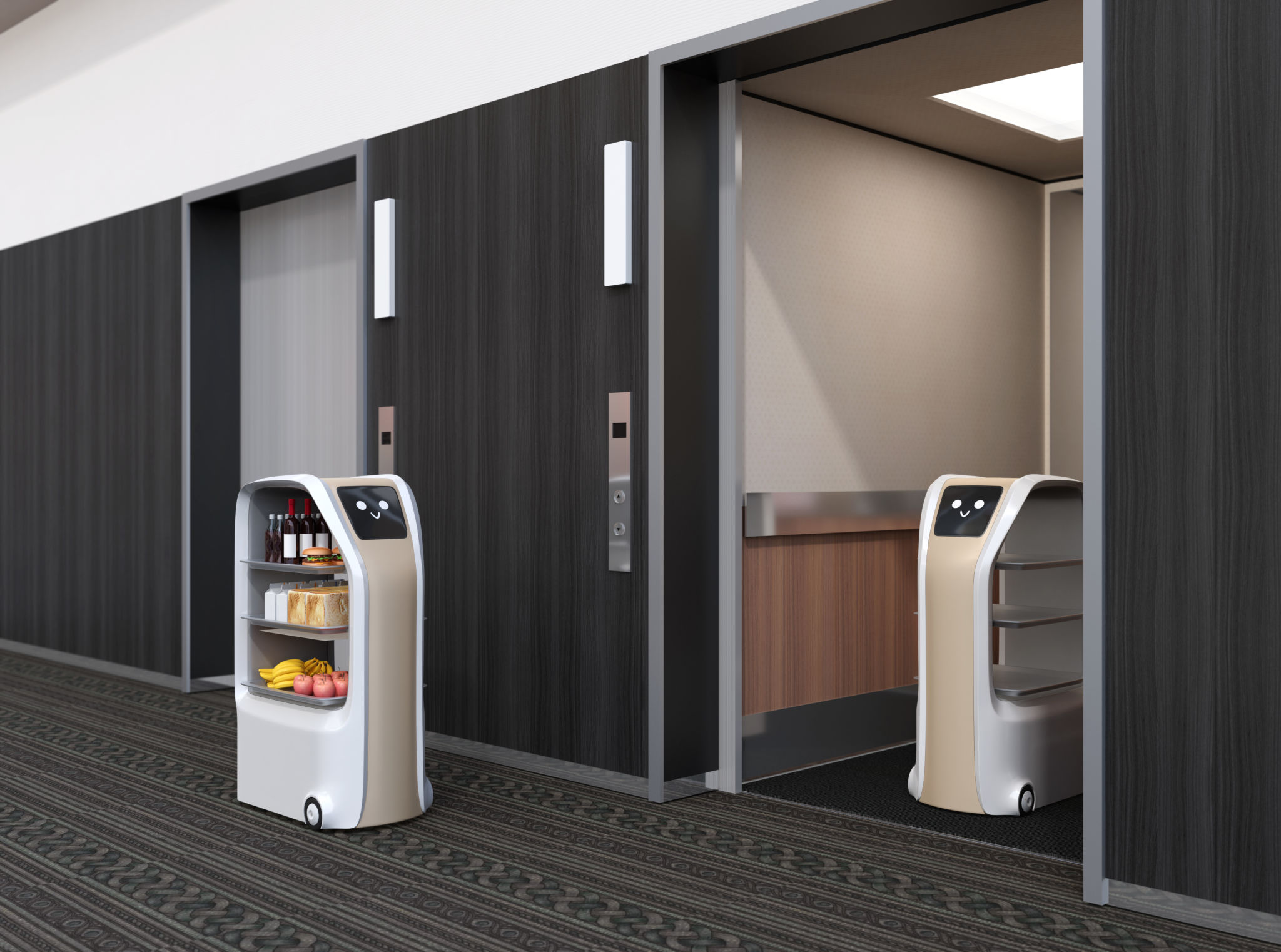Elevator and Escalator Innovations: What You Need to Know
Understanding the Shift in Elevator and Escalator Technology
In recent years, the world of vertical transportation has seen remarkable advancements. Elevators and escalators, once considered mere functional necessities, have transformed into sophisticated systems incorporating cutting-edge technology. These innovations not only improve efficiency and safety but also offer enhanced user experiences.
As urban spaces continue to grow vertically, the demand for smarter and more efficient vertical transportation solutions has never been higher. Developers are increasingly focused on integrating sustainability and connectivity into these systems.

Smart Elevators: The Rise of Connectivity
The advent of smart elevators is a game-changer in the industry. These elevators are designed to optimize energy use, reduce waiting times, and enhance passenger comfort. With IoT technology, elevators can now communicate with building systems to predict maintenance needs and provide real-time updates to facility managers.
Moreover, smart elevators offer features such as destination dispatching, which groups passengers heading to the same floor, thereby minimizing stops and conserving energy. This technology is particularly beneficial in busy commercial buildings where efficiency is paramount.
Energy Efficiency: A Key Focus
Energy efficiency remains a critical focus area for elevator and escalator manufacturers. Modern systems utilize regenerative drives that convert excess energy generated during operation back into the building's power grid. This not only reduces energy consumption but also lowers operational costs.
Additionally, LED lighting and standby modes further contribute to energy savings. These features are becoming standard in new installations, aligning with global sustainability goals.

Safety Features: Ensuring Passenger Protection
Safety remains a top priority in elevator and escalator design. Recent innovations include enhanced braking systems, improved emergency evacuation procedures, and advanced monitoring technologies that detect anomalies before they escalate into serious issues.
Incorporating AI and machine learning, these systems can predict potential malfunctions, allowing for preemptive maintenance and reducing downtime. This proactive approach significantly enhances safety and reliability.
Touchless Technology: A Pandemic Response
The global pandemic has accelerated the adoption of touchless technology in elevators and escalators. Many systems now offer touch-free controls via smartphone apps or gesture recognition, minimizing contact points and enhancing hygiene.
This shift towards contactless solutions reflects a broader trend in building management, where health and safety have become paramount concerns.

The Future of Vertical Transportation
The future of elevators and escalators looks promising, with ongoing research into new materials and propulsion systems. Concepts such as magnetic levitation elevators and flexible rope systems are being explored to allow for more versatile building designs.
As urbanization continues to rise, these innovations will play a crucial role in shaping the cities of tomorrow. The integration of AI, IoT, and sustainable practices signifies a new era in vertical transportation that prioritizes efficiency, safety, and user experience.